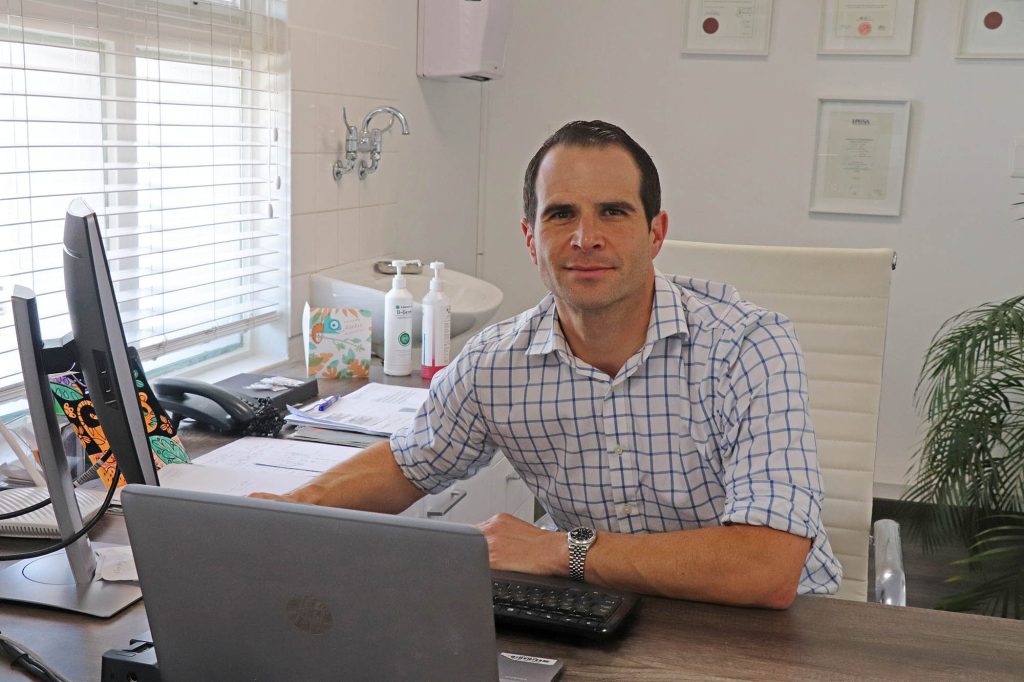
An appendectomy is surgery to remove the appendix, often done in an emergency when someone has appendicitis – an infection that causes swelling and pain in the appendix. Dr Maré Du Plessis, a specialist surgeon at Mediclinic Milnerton in Cape Town, explains: “When the appendix becomes inflamed, bacteria build up, causing pain around the belly button that moves to the lower right abdomen. Other symptoms include nausea, vomiting, diarrhoea, and fever. If not treated, the appendix can burst, leading to serious infections like peritonitis, and emergency surgery is performed.”
What is the Appendix?
The appendix is a small, tube-shaped organ attached to the large intestine, located in the lower right side of your abdomen. Its exact purpose isn’t clear, but the body functions fine without it. It mostly occurs in young people, so children and young adults are commonly affected, but it can affect patients of any age.
Dr Du Plessis says that presentation of the symptoms mentioned can result in incorrect diagnosis: “The illness can be confused with complicated ovarian pathology, urinary tract infections or kidney stones, as well as other conditions of the colon. It can become an emergency quite quickly, within a few hours or days, so it is important to seek urgent medical assistance.”

Types of Appendectomy
- Open Surgery: A single incision is made in the lower right abdomen to remove the appendix. This method is used if the appendix has burst.
- Laparoscopic Surgery: Several small incisions are made, and a tiny camera guides the surgeon. This method has a shorter recovery time and is preferred for older adults and overweight patients.
Preparing for Surgery
Before an appendectomy, patients need to avoid eating or drinking for at least eight hours. Let your doctor know about any medications and allergies, or if you’re pregnant. Tests like blood work or imaging may be done if time allows, but emergency cases often go straight to surgery.
After Surgery
Patients are monitored in the hospital before going home, though it’s usually the same day. Recovery takes about four to six weeks, with restrictions on heavy activity. Pain and discomfort are common at first, but medication will help. Keeping incisions clean prevents infection.
Most people recover fully without complications, but it’s important to follow up with your doctor to ensure proper healing.
For more information visit www.drduplessis.com
About The Author
![]()
Subscribe To Our Weekly Newsletter










